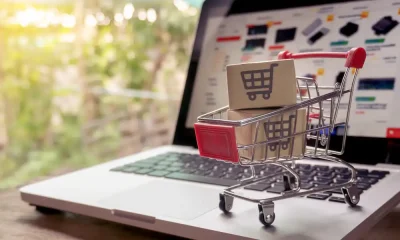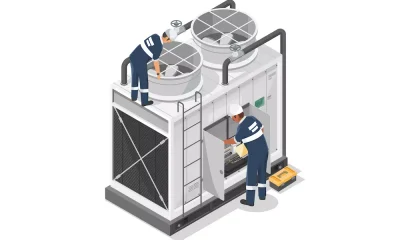Management
Everything You Need To Know About Prototype Manufacturing

Are you working toward building a new product? Then you’ll probably need to know about prototype manufacturing.
Prototypes are one of the most important parts of the manufacturing process. They allow you and potential customers to see and experience the product almost as though it were the real thing. And modern advances in prototyping such as 3D printing have opened new doors for what a prototype can do.
If you’re new to the process, though, it can all seem overwhelming. We’re here to help. In this guide, we’ll lay out everything you need to know about successful prototype manufacturing. Keep reading to learn more!
Why Invest in Prototype Manufacturing?
You might be wondering if prototype manufacturing is really worth it. A prototype is basically a 3D version of your product. But if you already know what the product will look like, what’s the point of a prototype?
Let’s take a look at some of the reasons why prototyping is worth it.
1. You Can Refine Your Design
Perhaps the most important thing about prototyping is that it allows you to test out your product design and make changes as needed. It’s better to make those changes now than to wait until another stage in the production process when it might be too late.
Of course, your idea will work well in concept. But that doesn’t say much about how the design will really work in person. When you physically hold the product in your hand, you’ll see any design flaws that need to be addressed.
2. You Can Test Out Materials
Maybe you envisioned your product being made of metal. But when you make the prototype, you might find that plastic will be more cost-effective for the product or easier to handle.
3. You Can Describe Your Product
When you need to meet with your team and describe how your product looks, feels, and functions, having used a prototype will make the process much easier.
You might need to meet with business partners, engineers, the packaging or marketing department, or your lawyer. Make your meetings go smoothly with a prototype to talk about – or even show.
4. You’ll Get Taken More Seriously
If you have a prototype in your hand at a meeting – any meeting – people will take you much more seriously.
Most of the people you’ll meet with will have already heard many pitches from people with an idea in mind. However, with nothing to show for it, those ideas can be vague and hard to explain. When you have a prototype, you look more professional and serious about your idea, which means other people will take you that much more seriously.
How to Make a Prototype
Now that you know why to make a prototype, it’s time to learn how it works.
Prototyping can be one of the most fun and rewarding steps in the whole process. You’ll get to see your idea come to life before your eyes and hold it in your hands. You’ll need to tap into your inner creativity to overcome obstacles and make them happen.
Some prototypes can be made by hand. Other designs will require professional manufacturing, such as a cylindrical lens – learn more here.
If you need a professional manufacturing company, you’ll need to look around to find a high-quality one to create your prototype. If you can make your product at home, though, you’ll just need to look around for the right materials to use.
When DIYing a prototype, it’s important to let yourself experiment. It doesn’t need to be perfect – you just need to get started. Don’t be afraid to try different materials if the first ones aren’t working, whether you DIY or manufacture your prototype.
You can also hire a professional to help you once you reach a point in the process that you can’t get past. You might need an engineer, a developer, or a designer. However, a local student or handyman might be able to do the job just as well.
The decision to hire help will depend on how complicated your design is and what materials you need to work with. You’ll also need to take your budget into consideration, of course.
Choosing a Prototype Design
If you decide a professional prototype designer is a way to go, make sure you hire the right professional for your needs. It helps if you know what kind of technologies you want to be working with.
Although you can often make a great prototype using scraps around the house, don’t discount the possibility of using modern technology to make something even more impressive. Research modern prototyping techniques to decide what might be best for you.
In addition to the popular 3D printing, other technologies make prototypes easier to work with than ever before. For example, rapid prototyping is a technique that uses stereolithography in prototype designs. This method creates plastic prototypes from computer-aided drawings using a tooling machine, cheaper than an injection mold.
Prototyping Tips
No matter your method, a few tips will help you get the design right the first time.
First, consider the kind of prototype you need. What purpose will it serve? Do you need to sell the product to prospective clients or put it up for sale on Kickstarter?
Next, avoid spending too much money at this stage. There are plenty of budget prototyping options out there. Use inexpensive materials and processes as much as you can.
Finally, start in small batches, even if you plan to make and sell lots of products in the end. This will avoid wasting money if you find out you need to change some things.
Start Prototyping Today!
Prototype manufacturing shouldn’t be intimidating. In fact, some of the best prototypes were made using basic household supplies. And if you need help, designers and manufacturers are always available.
You already know that prototyping shouldn’t cost much. Looking for more ways to save money at your company? Don’t miss this post.









